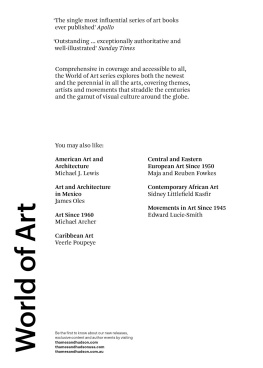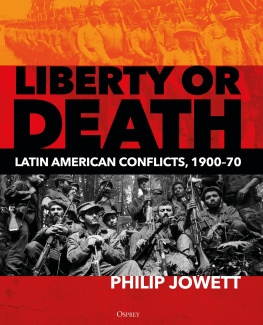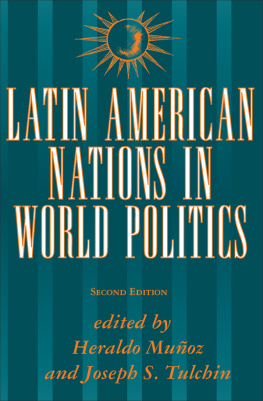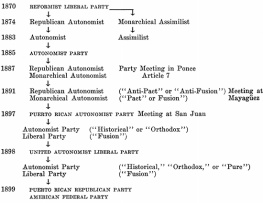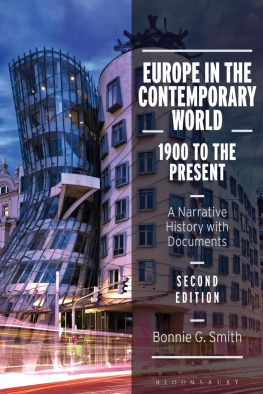Edward Lucie-Smith - Latin American Art Since 1900 (World of Art)
Here you can read online Edward Lucie-Smith - Latin American Art Since 1900 (World of Art) full text of the book (entire story) in english for free. Download pdf and epub, get meaning, cover and reviews about this ebook. year: 2020, publisher: Thames & Hudson, genre: Art. Description of the work, (preface) as well as reviews are available. Best literature library LitArk.com created for fans of good reading and offers a wide selection of genres:
Romance novel
Science fiction
Adventure
Detective
Science
History
Home and family
Prose
Art
Politics
Computer
Non-fiction
Religion
Business
Children
Humor
Choose a favorite category and find really read worthwhile books. Enjoy immersion in the world of imagination, feel the emotions of the characters or learn something new for yourself, make an fascinating discovery.
- Book:Latin American Art Since 1900 (World of Art)
- Author:
- Publisher:Thames & Hudson
- Genre:
- Year:2020
- Rating:3 / 5
- Favourites:Add to favourites
- Your mark:
- 60
- 1
- 2
- 3
- 4
- 5
Latin American Art Since 1900 (World of Art): summary, description and annotation
We offer to read an annotation, description, summary or preface (depends on what the author of the book "Latin American Art Since 1900 (World of Art)" wrote himself). If you haven't found the necessary information about the book — write in the comments, we will try to find it.
Latin American Art Since 1900 (World of Art) — read online for free the complete book (whole text) full work
Below is the text of the book, divided by pages. System saving the place of the last page read, allows you to conveniently read the book "Latin American Art Since 1900 (World of Art)" online for free, without having to search again every time where you left off. Put a bookmark, and you can go to the page where you finished reading at any time.
Font size:
Interval:
Bookmark:


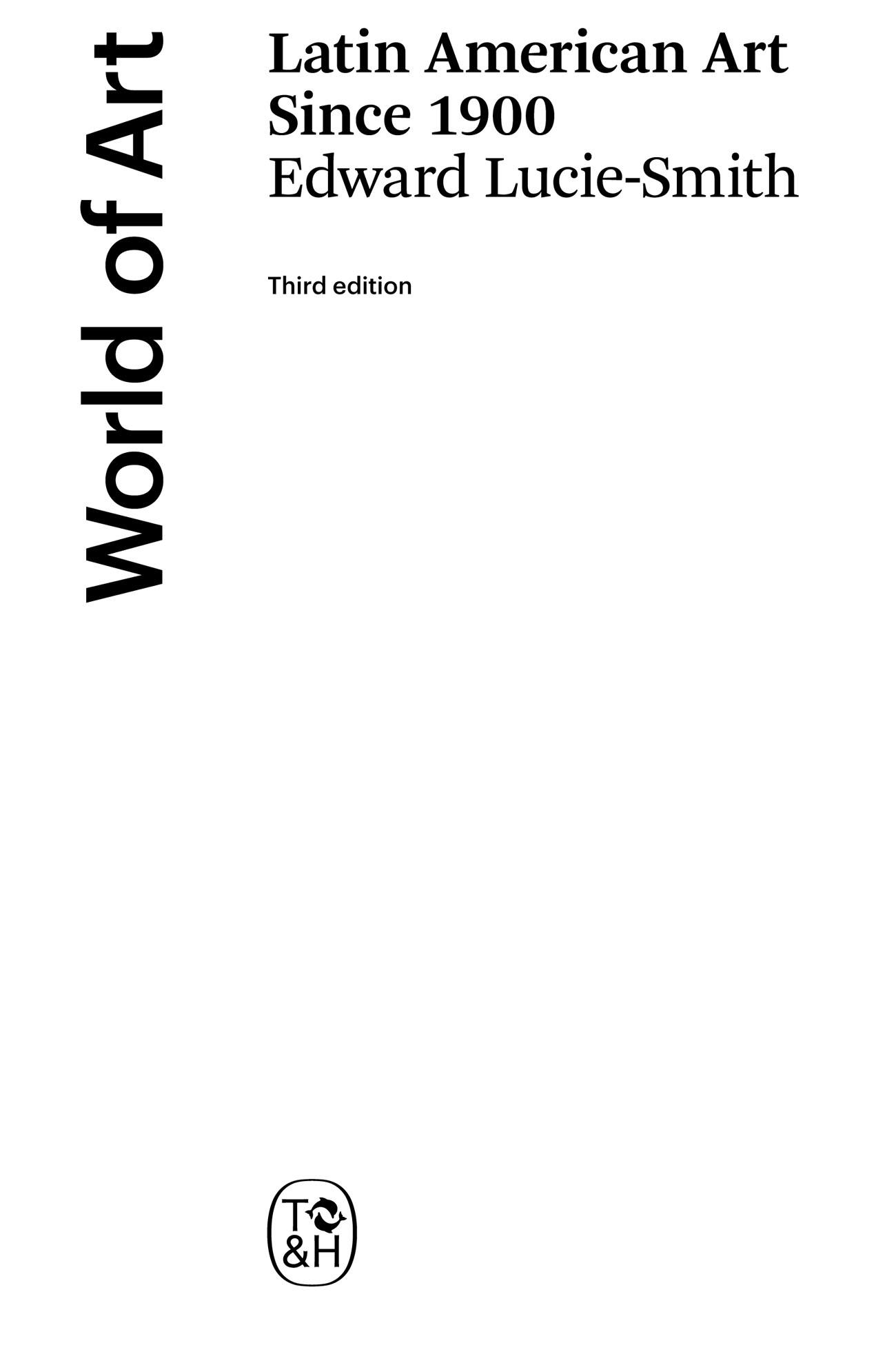
Edward Lucie-Smith was born in 1933 in Jamaica and educated at Merton College, Oxford, where he read History. Well known as a poet, novelist, biographer, broadcaster and critic, he is the author of numerous books among them The Thames & Hudson Dictionary of Art Terms, Furniture, Movements in Art Since 1945, Symbolist Art and Sexuality in Western Art (all in the World of Art series).

Rufino Tamayo, Watermelons (detail), 1941
To Sylvia Condylis of the Latin American Arts Association, who first fired my enthusiasm for Latin American art.
Very many people have played a part in making this book possible. I owe particular thanks to Ruth Benzacar, Rosa M. Brill, Jorge Glusberg, Jorge and Marion Helft, and Alina Molinari (Argentina); Raquel Arnaud, Ana-Mae Barbosa and Sheila Leirner (Brazil); David Gallagher, Pedro Labowitz and Luz-Mara Williamson (Chile); Celia Sredni de Birbragher and Santiago Cardenas Arroyo (Colombia); Feliciano Bejar and Martin Foley (Mexico); and Angel Kalenberg (Uruguay). Also to Clara Diamant Sujo (New York), the late Dr Damian Bayon (Paris); and to Sylvia Condylis (and the staff of the Latin American Arts Association), Raul Ortiz, Cultural Attach at the Mexican Embassy, and Ofelia Rodrguez in London.
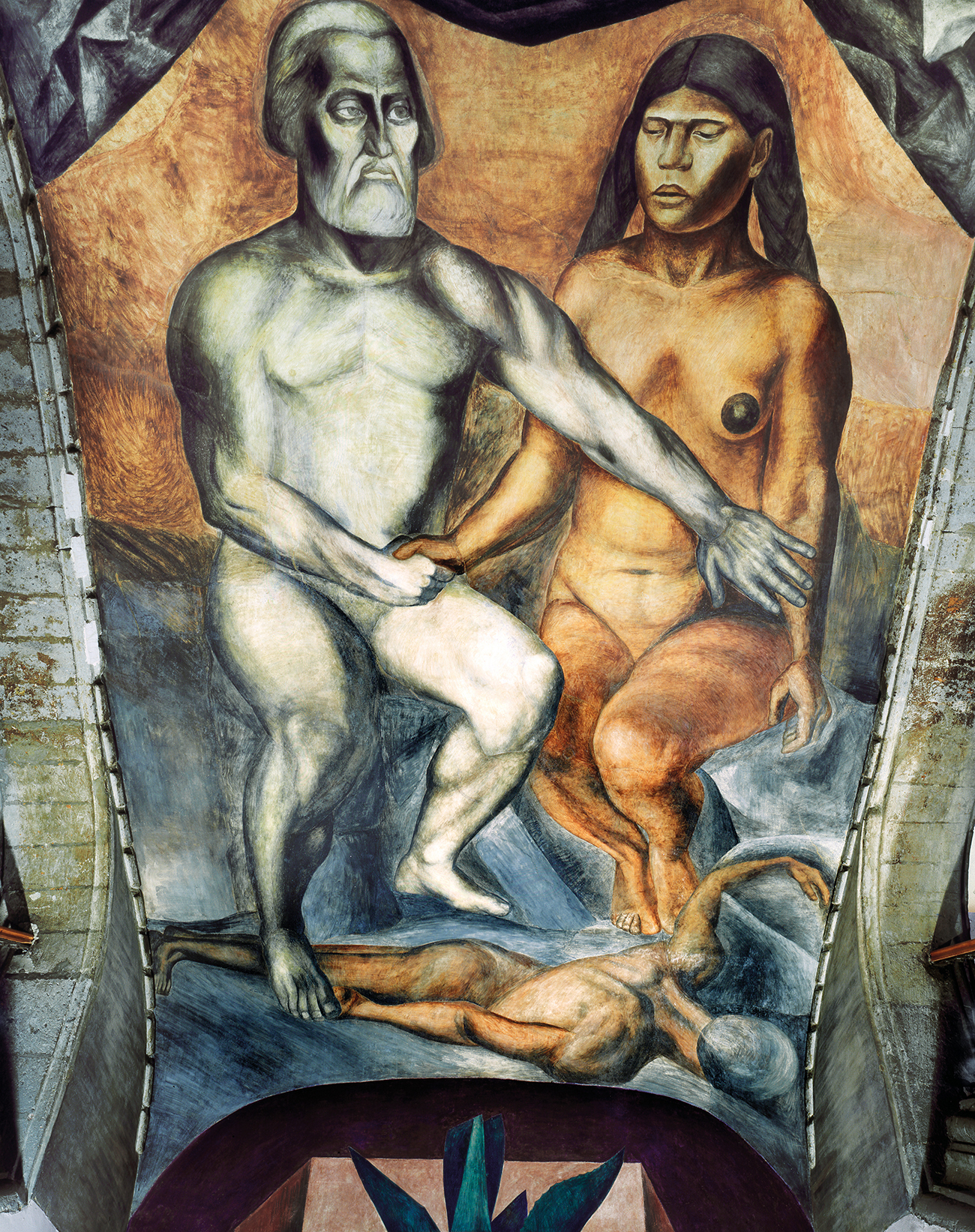
Jos Clemente Orozco, Corts and Malinche from the Escuela Nacional Preparatoria mural, Mexico City, 192627
Since the previous edition of this book was published in 2004, art has seen many new developments, plus quite a few more that have been labelled new, but which in fact have been a recycling of things that had already happened previously. The most potent new factor has been the continuing rise of the internet, which has put previously separate areas of artistic activity into much closer and more intimate contact with one another.
Latin America was in fact the first large region of art to separate itself from the then dominant Western art, by which is meant art that flourished in Western Europe, and, linked to that, in the United States. This separation began, as this book indicates, at least as early as the mid-1920s, with new and distinctive regional forms of Modernism part of the Modern Movement, but with special characteristics of their own. Very briefly stated, these special characteristics relate to things that are, in retrospect, both obvious and not so obvious. First, there was the romantic fascination felt by Latin American Modernist artists with indigenous forms of artistic expression, established long before European contact and conquest. Second, there were persistent political elements, much more obviously present in the new art of Latin America than they were in Europe. These were rooted, very often, in quite distant events: the struggles for independence from colonizing powers that had begun in the early nineteenth century. And third, there was the fact that women seem to have played a consistently greater role in the development of Latin American Modernism than they did until very recently in art worlds elsewhere. The only comparable Modernist narrative in which women artists played such an important role is to be found in the history of Russian art during the twentieth century.
These factors have all continued to play their part in the development of Latin American art during the twenty-first century. What is different now is that the Latin American narrative is no longer as isolated as it sometimes seemed to be previously. The post-Soviet art world has continued to develop in Russia. There are contemporary art worlds, linked to the Post-Modernist currents in the United States and in Western Europe but still very conscious of their own identity, in China, Japan, South Korea, India, Pakistan, Bangladesh and Iran. Middle Eastern art, separate from that of Iran, is developing in different ways, for example, in the Gulf states and in Turkey. There are new forms of Modernist art in Africa. These new art worlds have characteristic features in common with what one sees in the artistic production of Latin America. Politics are important. Art from these regions is not afraid to make public statements. Women often, though not always, play the kind of major roles that have been theirs from the beginning in the Modernist art of Latin America. These characteristics continue to be important in the region. So too does ethnic difference more specifically, the consciousness of a different past, belonging to a time before successive waves of European settlers arrived in search of new lives. In many ways Latin American art pioneered the kinds of art that exist globally now.
Until recently, the art of twentieth-century Latin America was undervalued by European and North American critics. It was denigrated as derivative, imitative of the mainstream Modernism of Western Europe and the United States. At the same time, it was dismissed as essentially hybrid, a fusion of traditions which was weaker than any of its progenitors. In the second of these accusations there is an implication of the racial prejudice which has marked the history of Latin America ever since the Spanish conquest of Mexico in the early sixteenth century. The mixture of races in Latin America is now extremely complex. Caucasian invaders soon started to have sexual relationships with the native American Indians a process begun by Corts himself, who had a son by his Indian interpreter and guide Malinche.[] The new Spanish and Brazilian dominions soon began to attract Jewish traders and merchants, who found a more liberal atmosphere there than in the Iberian peninsula. Both the Spanish and the Brazilian settlers started to import Africans as slaves. These too had children with their white masters and also with the Indians. There was a significant influx, especially along the Pacific coast, of Chinese and Filipinos the Philippines were also a Spanish possession and had become an important staging post between the Americas and the Far East. During the twentieth century, there was massive Japanese emigration to Brazil; as a result, So Paulo has become one of the largest Japanese cities in the world.
Nevertheless it is now recognized that it is precisely this hybridization which accounts for one of the strengths of Latin American art and which lies at the roots of its vitality, originality and constant power to surprise. It is also beginning to be understood that the Latin American visual arts relate more closely to their social and political context than do European and North American equivalents. Marxist theory, for example, has had a powerful influence on the visual arts in many Latin American countries, as upon life in general.
This situation is, paradoxically, partly a result of the notorious volatility and weakness of Latin American political institutions. Because political structures have failed at times to support a sense of national identity, Latin American audiences have consistently turned to literature and the visual arts to discover the real truths about themselves, truths for which they would have searched in vain elsewhere. This tends to place both writers and artists in a very special position. It is they, rather than political leaders, elected or imposed, who enjoy credibility among the public as representatives of the national genius. No European Modernist, not even Picasso, has enjoyed a position comparable with that of, say, Diego Rivera in Mexico.
Next pageFont size:
Interval:
Bookmark:
Similar books «Latin American Art Since 1900 (World of Art)»
Look at similar books to Latin American Art Since 1900 (World of Art). We have selected literature similar in name and meaning in the hope of providing readers with more options to find new, interesting, not yet read works.
Discussion, reviews of the book Latin American Art Since 1900 (World of Art) and just readers' own opinions. Leave your comments, write what you think about the work, its meaning or the main characters. Specify what exactly you liked and what you didn't like, and why you think so.

